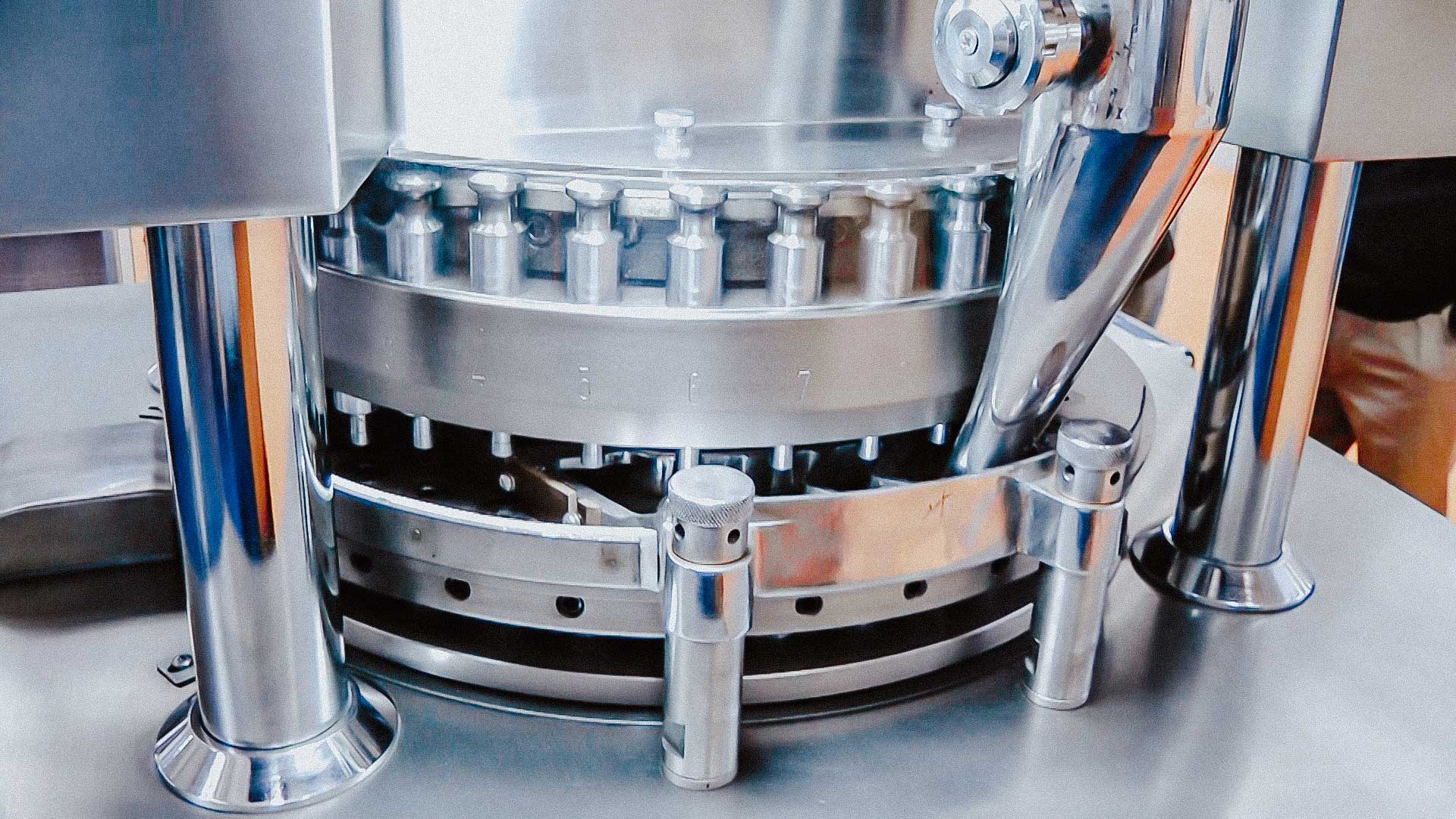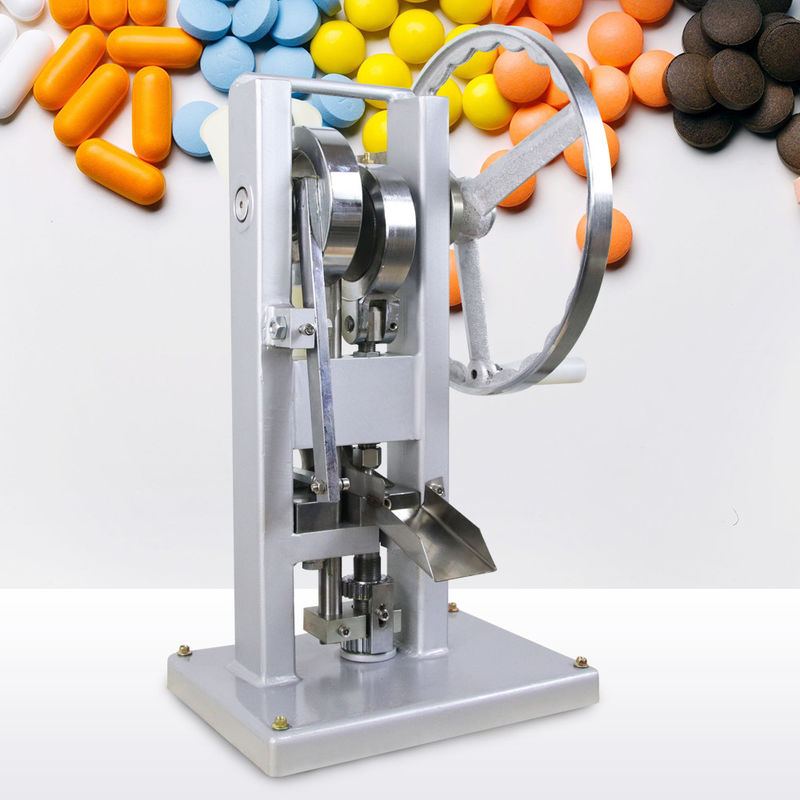A new technology has emerged that allows individuals to create their own pills and tablets. This revolutionary development is called “binder in tablet formulation”, and it could revolutionize the way we take care of our health. In this article, we will explore what binder in tablet formulation is, how it works and its potential implications for improving healthcare delivery.
What Is Binder In Tablet Formulation?
Binder in tablet formulation is a process whereby an individual can create custom-made tablets or pills by adding various ingredients. The process involves combining binders such as pectin, gum arabic or starch with other ingredients such as fillers, flavors and active ingredients (e.g., drugs). Once the mixture is combined, it can be compressed into tablets or pills which are then ready for consumption.

How Does It Work?
To make your own pills using binder in tablet formulation, you need to first select the desired amount of binders from various options available on the market today. When mixed with other ingredients like fillers and active ingredients, these binders act as a glue agent to form your desired pill shape and size. Fillers help increase the volume of each pill by providing bulk without significantly increasing its cost while flavors give a pleasant taste experience when taking the pill orally. Finally, active ingredients are added to provide extra medicinal benefits depending on what type of pill you want to make – whether it’s a vitamin supplement or pain reliever medication.
Advantages of binders in tablet formulation
One of the main benefits of binders in tablet formulations is that they allow individuals to create customised medications according to their specific needs and preferences. For example, someone with allergies can easily avoid certain allergens by creating their own allergen-free pills, rather than relying solely on commercially available products that may contain some allergens due to the manufacturing processes used by pharmaceutical companies. In addition, this method also reduces the costs associated with purchasing pre-made pills, as users only need to purchase enough materials to make their desired number of tablets/pills, rather than buying larger quantities from retailers/pharmacies, which offer them at higher prices due to packaging fees. In addition, the customisable nature of binders in tablet formulations also makes it easier for patients with rare diseases, who may not be able to find a suitable medication off the shelf, but can now create one specifically for them.
Risks associated with the use of binders in tablet formulation
Although binders in tablet formulations can be beneficial, especially when dealing with rare conditions, it is important to consider the potential risks involved before attempting any form of self-medication. As mentioned above, mixing the wrong amount or type of binder with different types of excipients/active ingredients can lead to harmful side effects once ingested, so extreme caution must be taken. In addition, many countries have strict laws against the unlicensed production/distribution of medicines, including those made by home methods such as binders, so it is important to check local regulations before starting.

Conclusion
In conclusion, binders in tablet formulations offer an innovative approach that puts more control in the hands of the individual, allowing them to tailor their medication to their specific needs/preferences without having to worry about availability issues or the high costs associated with buying large quantities of commercial drugs. However, people should always be aware of the potential risks involved and ensure they comply with local laws before making their own medicines at home.
